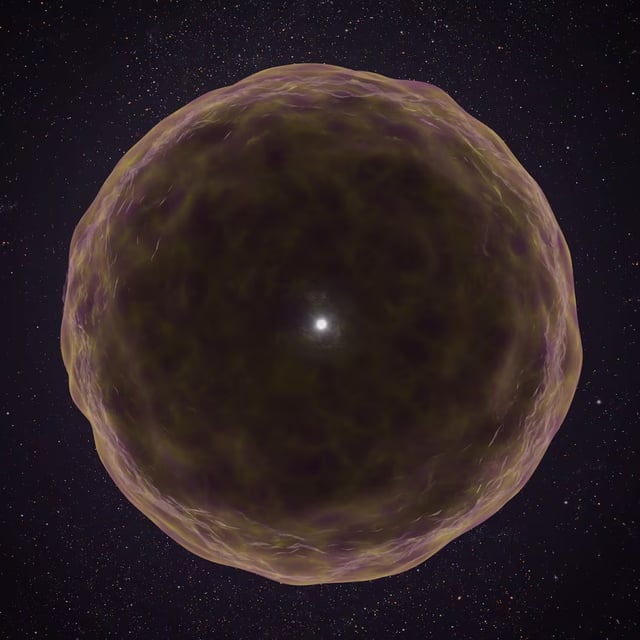Overview
- SN2021yfj, detected by the Zwicky Transient Facility in September 2021, erupted about 2.2 billion light-years from Earth.
- A colleague secured an early Keck spectrum that revealed silicon, sulfur and argon from deep layers, unlike the lighter-element signatures typical of supernovae.
- The observations indicate a massive progenitor that had been stripped of nearly all outer material before core collapse, exposing inner shells at explosion.
- Researchers report the event is effectively unprecedented in existing catalogs, suggesting a rare or possibly new type of supernova.
- The stripping mechanism remains unresolved, with scenarios under consideration including violent pre‑explosion eruptions, binary interaction or extreme stellar winds, and teams look to Rubin Observatory surveys to find more examples.
